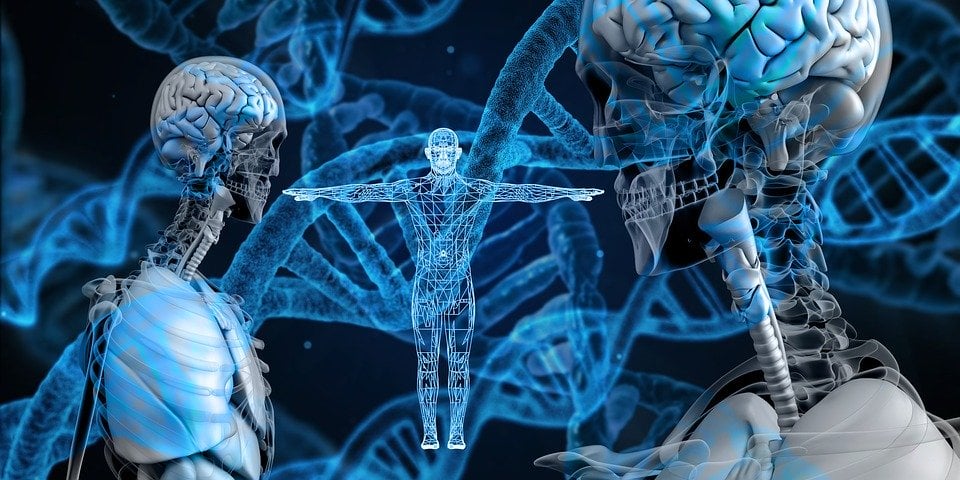
Much of our understanding of proteins in general is relative to their function in the human diet. To be sure, one of the major functions of protein in the human body is to provide the structural building blocks so essential for building and maintaining muscles. However, as we begin to build a larger understanding of the many proteins and their functions, it becomes clear that there is much more to proteins than muscles and nutrition.
The Protein Catalog Is Much Larger Than You May Think
To understand the vast diversity of protein function, it is helpful to discuss just how many proteins there really are. Dependent on cell type, there are anywhere between 20,000 and 100,000 different proteins in each human cell. Each has been identified as a unique protein, and each has its own function to perform within the human body.
Some proteins bond together to lend rigidity to the cell and shape neurons, muscles, organs, and more. Other proteins act as catalysts for chemical reactions, or serve as transportation for other molecules. Whatever their function, all proteins exhibit folding, which enables each protein to perform its job within the cell.
What Is Protein Folding?
Protein folding and its opposite, protein unfolding, are exactly what they sound like – the very structure of a protein folds in upon itself, forming a unique shape. Once you view proteins on a more molecular level, you can begin to see that protein folding is much more than a random overlapping. Instead, the way in which each protein folds is critical to its structure and function.
Proteins are composed of chains of amino acids, bound together in a certain sequence unique to each protein. Within each protein these amino acids interact with each other, forming secondary structures known as α-helices and β-sheets, which make up the backbone and side chains. Next, tertiary structures form as a result of the three-dimensional folding of α-helixes and β-sheets, which produces a variety of interactions on the globular protein. These interactions cause the protein to attain its final, quaternary, structure.
Why Is Protein Folding Important?
The end result on the protein’s three dimensional structure holds a great deal of biological importance. The final structure of the protein exposes a number of channels, receptors, and binding sites, and affects how it interacts with other proteins and molecules. Building an understanding of the way in which proteins fold leads to a better analysis of countless molecular processes and structures.
When proteins fold correctly, its function proceeds without a hitch. Folding errors, however, can result from a mutation of one of the primary amino acids in the structure or another random error. Unfortunately, when folding goes wrong, a variety of diseases and syndromes can result from the changes caused.
A reduction in the amount of properly folded protein in the body results in a shortage of the amount of workers available to perform its function. Dependent on the function, protein shortages can cause diseases ranging from cancer to cystic fibrosis. Other improperly folded proteins can be negatively affected by their odd shape, and eventually gather into clumps called aggregates. Researchers believe these random aggregates may contribute to conditions such as Alzheimer’s disease.
Looking Ahead
As research continues, a better understanding of protein folding and unfolding errors can help lead to treatments and therapies for these diseases and more. During this research, it is important to maintain the proper conditions for proteins under observation; thus, the factors that affect protein folding are doubly important. Technologies that assess and provide protein stability, protein functional changes and protein-related disease prevention and therapies are at the forefront of protein research today.
Sources:
https://www.sciencedirect.com/topics/neuroscience/protein-folding
https://chem.libretexts.org/Bookshelves/Biological_Chemistry/Supplemental_Modules_(Biological_Chemistry)/Proteins/Protein_Structure/Protein_Folding
http://sitn.hms.harvard.edu/flash/2010/issue65/ https://nanotempertech.com/blog/is-the-protein-folding-mystery-close-to-being-solved/